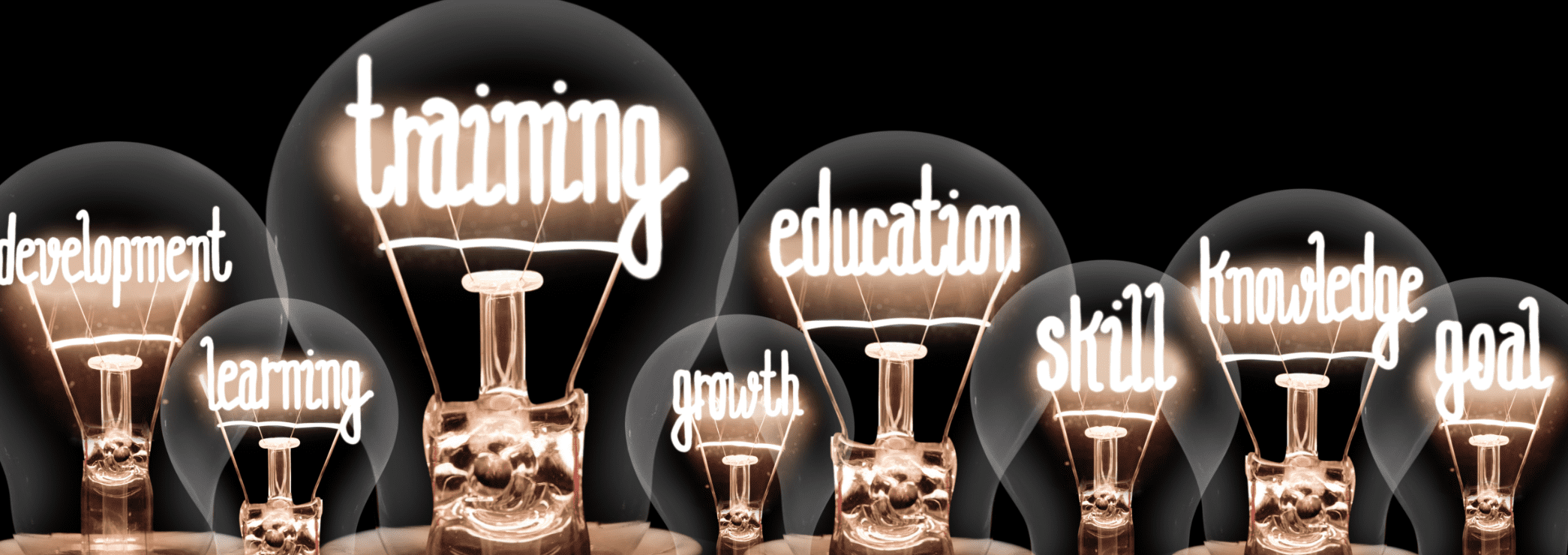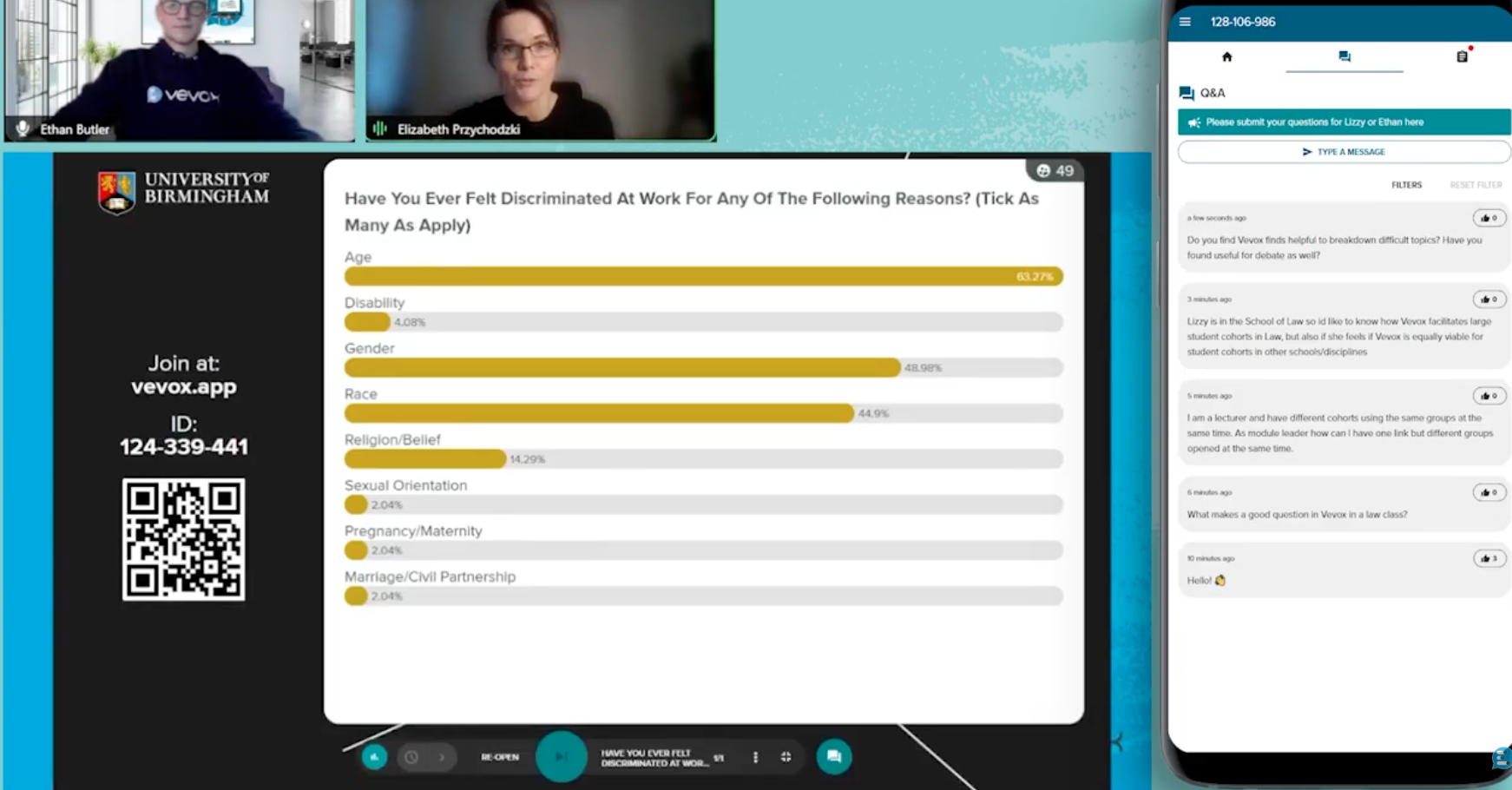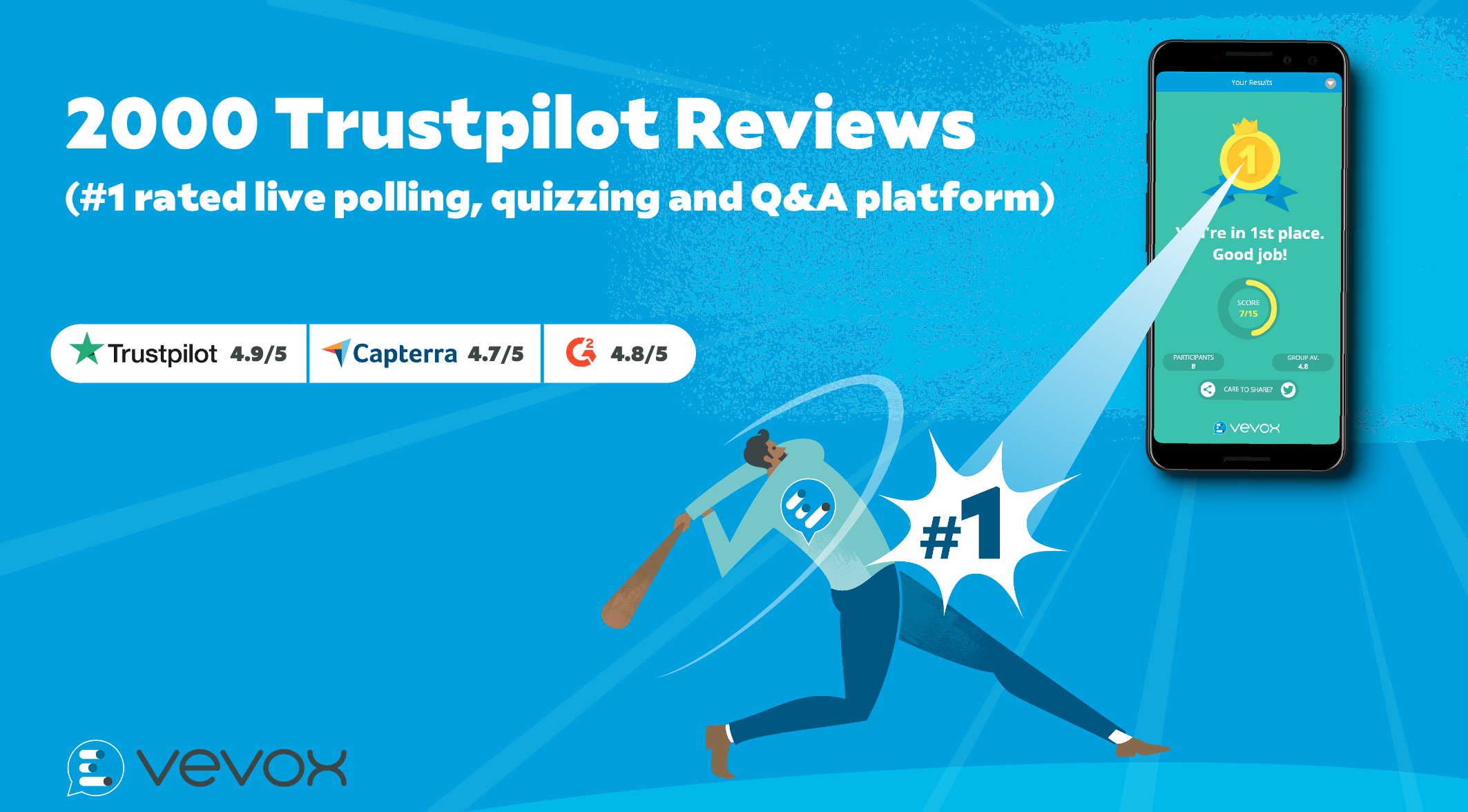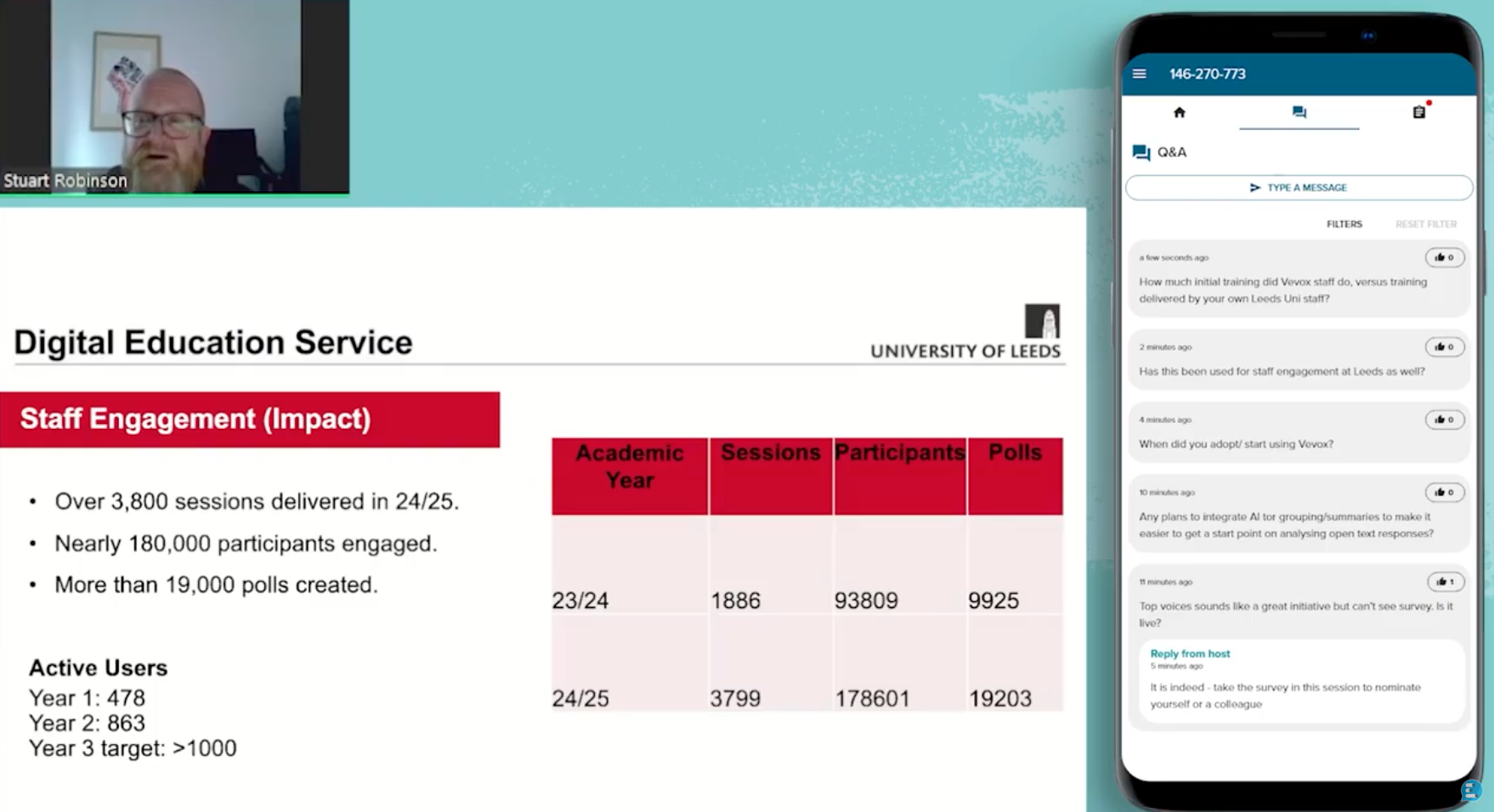One crucial aspect of L&D that businesses have to focus on to support their talented workforce is the continuous development and growth of their employees. This is where Learning and Development (L&D) comes into play. L&D refers to the process of enhancing employees' skills, knowledge, and capabilities to drive organizational success. Without continuously investing in new and current employees you won't be able to keep up with the competition who are monitoring the progression of their employees.
In this blog post, we will delve into what learning and development entails and provide you with four key tips for devising an effective L&D strategy for your organization.
Understanding the meaning of L&D
Learning and development is a strategic approach to employee training and skill development. It encompasses various activities, including onboarding, continuous learning, talent development, leadership programs, safety and inclusion and more. Its primary objective is to ensure that employees have the necessary skills, knowledge, and competencies to perform their roles effectively and contribute to the organization's growth.
Furthermore, learning & development is not limited to traditional classroom settings but embraces innovative and flexible methods such as e-learning, virtual simulations, mentorship programs, workshops and peer-to-peer learning. The advent of technology has significantly transformed the landscape of L&D by offering diverse platforms and tools that enable interactive and personalized learning experiences. From mobile apps to learning management systems (LMS), organizations are now equipped with the means to deliver relevant, engaging, and accessible training content at scale.
An effective L&D program not only equips employees with the technical skills required for their roles but also fosters essential competencies such as adaptability, critical thinking, problem-solving, and collaboration. Moreover, it promotes a growth mindset among employees, encouraging them to embrace change, take initiative and make key decisions, and continuously seek out opportunities for self-improvement. When employees feel supported and invested in their professional development, they become more engaged, productive, and committed to the organization's success.
4 key tips for devising an L&D strategy
-
Align with organizational goals: The first step in designing an effective L&D strategy is to align it with your organization's overall goals and objectives. Understand the skill gaps and competencies required for achieving those goals. Identify critical areas where learning and development can have a significant impact and focus your efforts on those.
-
Adopt a blended learning approach: Blended learning combines different learning methods and approaches, such as instructor-led training, e-learning modules, virtual classrooms, on-the-job training, and peer-to-peer learning. By embracing a blended learning approach, you can cater to different learning preferences and create a more engaging and effective learning experience for employees.
-
Leverage technology: Embrace technology to enhance the efficiency and effectiveness of your L&D strategy. Implement a learning management system (LMS) to streamline training administration, delivery, and tracking. Explore e-learning platforms, and interactive technology like live polling, live quizzes and anonymous Q&A to deliver immersive and engaging learning experiences that encourage active learning. Leverage data analytics to measure the impact of training programs and make data-driven decisions.
-
Encourage a culture of continuous learning: Make learning a part of your organization's culture and values. Encourage employees to take ownership of their professional development and provide them with opportunities for growth. Foster a learning culture by promoting knowledge sharing, providing access to relevant resources and mentorship programs, and recognizing and rewarding achievements in learning and development.
The significance of L&D training in the workplace
Learning and Development (L&D) is a vital aspect of organizational success in today's ever-changing business landscape. By investing in the continuous development and growth of employees, organizations can build a high-performing workforce that is capable of driving innovation and achieving business objectives. When devising an L&D strategy, it is essential to align it with organizational goals, adopt a blended learning approach, leverage technology, and foster a culture of continuous learning and improvement. By following these key tips, you can create a robust L&D strategy that empowers your employees and positions your organization for long-term success. Remember, L&D is not a one-time effort but an ongoing process that should be regularly reviewed and adjusted to meet the evolving needs of your organization and employees. Embrace the power of L&D, and watch your organization thrive in the knowledge economy.
Want to learn how to use a live polling, anonymous Q&A and quizzing tool in your training sessions? Then sign up to Vevox for free and learn more here.




